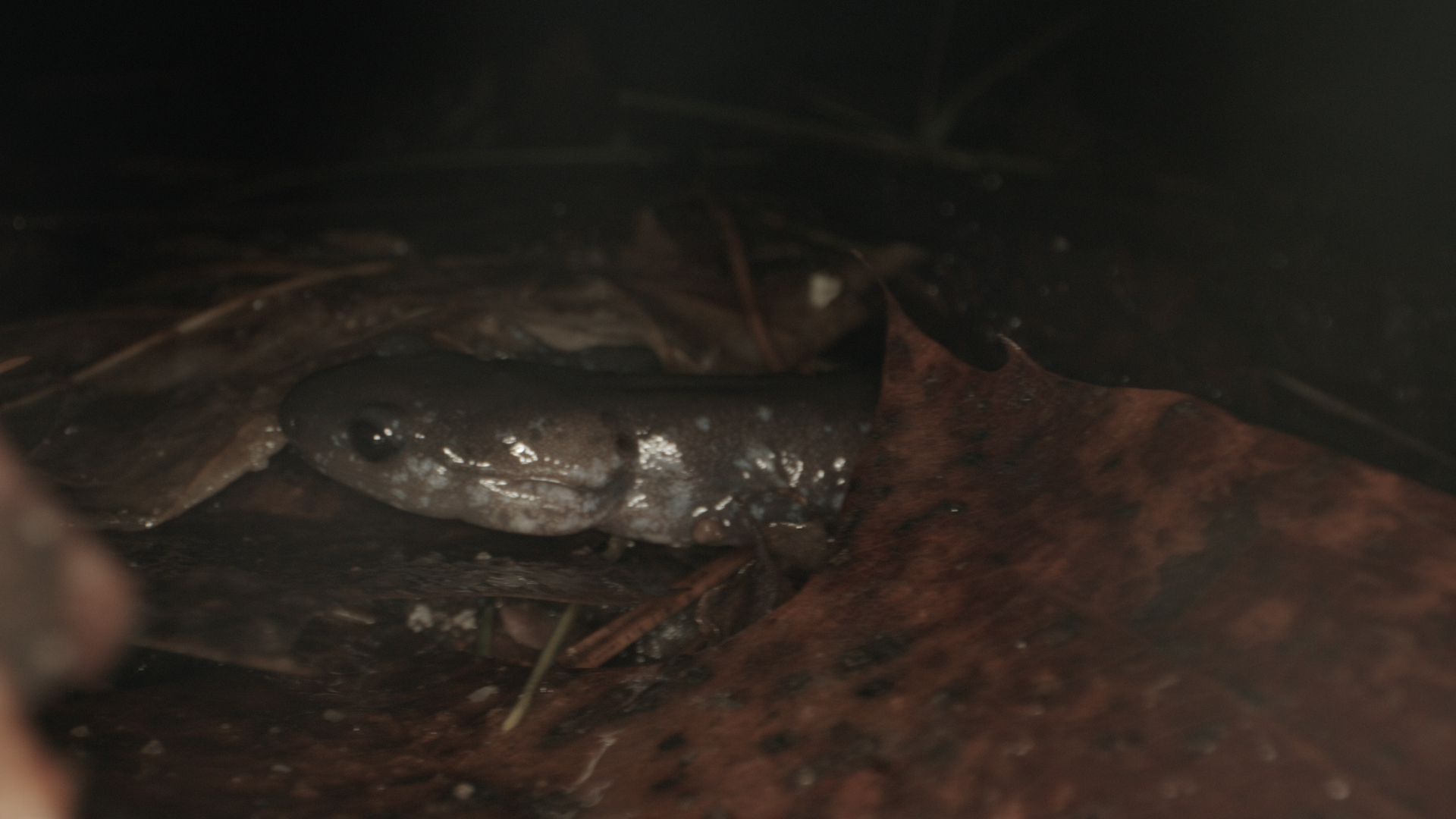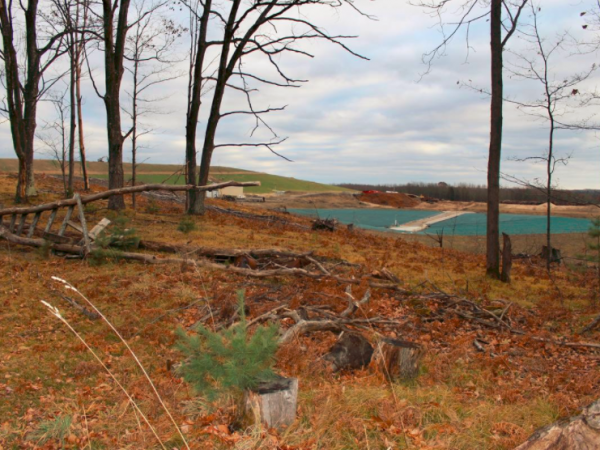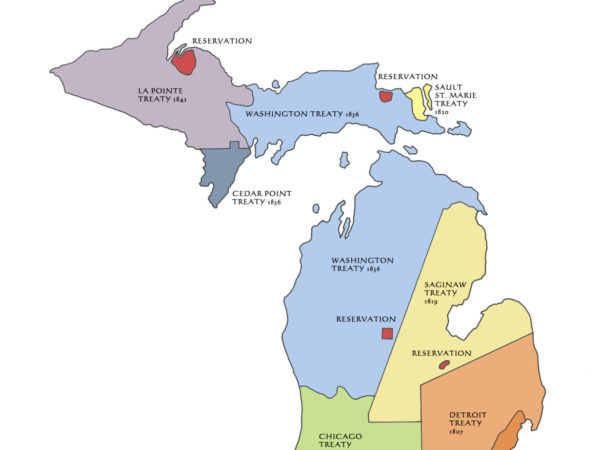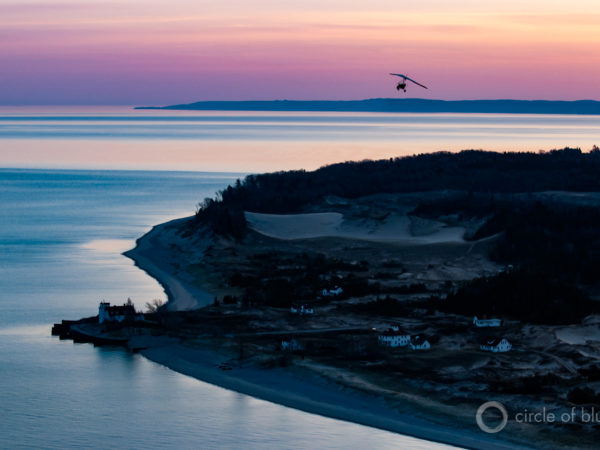
This lesson will explore the phenomenon of salamander migration — across a main road — in Presque Isle Park near Lake Superior and the efforts to protect the population from the effects of human activity. Students will learn about the salamander migration, including the unique female-only population, to vernal pools.

Lesson Objectives
- Know why salamanders migrate to vernal pools in the spring and what dangers they face
- Understand how certain salamander populations may have come be comprised only of female members
- Be able to model the way that indicator species tell scientists about the health of an ecosystem
View the entire lesson plan including teacher background information, worksheets and more below or download for free here.
Activity 1
This activity is a video discussion of a Great Lakes Now episode segment discussing the blue-spotted salamander population in Presque Isle Park in the northern Great Lakes region. During the video they need to jot down four things they took away from it.
Watch a Great Lakes Now Segment
Activity 2
Many species reproduce by laying their eggs in water, and some don’t need very much water at all. The phenomenon of vernal pools, small areas of water that form in the spring and last only a short time, can be a great breeding ground for small egg-laying organisms in the Great Lakes. In this activity, students will use a Think Pair Square Protocol for discussing what they will read about this very topic.
Activity 3
First, inform students that they will be connecting what they learned about the salamanders in Activities 1 and 2 to other species around the world. Discuss some of the background information with them in the previous section of this activity.
Activity 4
In this activity, students will explore the genetics of an entire population and simulate the ways in which the gene poole of a population can change over time. The purpose of this activity is to help students appreciate how an all-female population of salamanders can arise and survive out of multiple species of salamanders that can exist within an ecosystem.
Simulating Population Genetics
Check out Great Lakes Now’s segments on blue-spotted salamanders and other segments featured in Episode 2207: Salamanders, Shipping and Shorelines on this month’s landing page.
If you use this lesson or any of its activities with your learners, we’d love to hear about it! Contact us with any feedback or questions at: GreatLakesNow@DPTV.org




